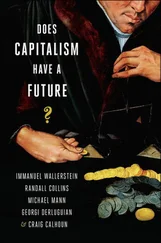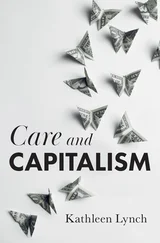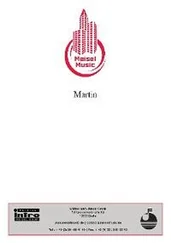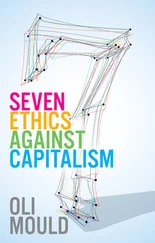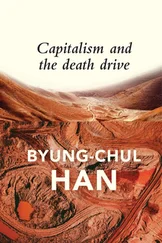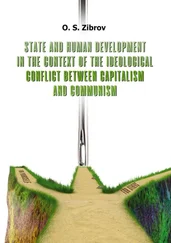Other types of peace protest have included marches (including some across continents), rallies, vigils, street theatre, human blockades of trains carrying weapons, trade union bans of arms shipments, sailing ships into nuclear test zones and pouring blood on military documents.
In recent decades, the environmental movement has made heavy use of nonviolent action. Forest activists, for example, have put themselves in the way of bulldozers and chain saws, sometimes locking themselves to equipment in order to hinder operations. Others have placed themselves in vulnerable positions in front of ships carrying rainforest products, using kayaks or even by swimming.
These sorts of dramatic actions are only the tip of the iceberg of activity by social movements. Behind effective actions there is usually a vast amount of work in analysing the situation, preparing for action, nonviolent action training, mobilising support and coordinating the action. For every individual on the “front line” in a dangerous or challenging action, there may be dozens behind the scenes arranging meetings, transport, food, child care, posters, public statements, media liaison, legal support, fund raising and much else. A few highlights of nonviolent action may be thrilling and dramatic, but there is lots of routine work necessary to support these visible actions. This is not so different from military operations: a fighter pilot’s sortie is backed by the work of aircraft designers, builders, testers, maintenance workers, planners, accountants, cooks and many others.
Furthermore, the most visible and risky actions do not necessarily have more impact than other sorts of action. Sometimes the most effective methods may be quiet work in talking to neighbours, producing leaflets, holding small meetings and writing letters. Sometimes the most effective actions are personal behaviour in not using certain products, voicing disapproval of a popular policy or being friendly with a stigmatised person. Whether or not these methods are called nonviolent action, they are certainly part of the process of social change from the grassroots.
Nonviolent action has been used to thwart military coups, sometimes with dramatic success. In 1920 there was a military coup in Germany, led by Wolfgang Kapp. The putschists captured the capital, Berlin, and the elected government fled to Stuttgart, where it advocated nonviolent resistance. There was a general strike in Berlin and massive rallies. Noncooperation was an effective tool of resistance. Typists refused to type Kapp’s proclamations and bank officials refused to cash his cheques without appropriate signatures, and all authorised signatories refused to sign. The coup collapsed after just four days. [5] . D. J. Goodspeed, The Conspirators: A Study of the Coup d’État (London: Macmillan, 1962).
Algeria used to be a colony of France. From 1954 there was an armed struggle for independence, leading to huge loss of life. In August 1961, as the French government made moves towards granting independence, anti-independence French generals in Algeria staged a coup. There was even a possibility of invasion of France. Many French soldiers in Algeria, most of them conscripts, refused to cooperate, simply staying in their quarters. Many pilots took off but flew their planes elsewhere so they could not be used by the generals. As well, there were massive protests in France. The revolt collapsed after just a few days without a single person killed. [6] . Adam Roberts, “Civil resistance to military coups,” Journal of Peace Research , Vol. 12, 1975, pp. 19-36.
There are numerous cases of repressive governments toppled by nonviolent action, especially in Central and South America. [7] . Patricia Parkman, Insurrectionary Civic Strikes in Latin America 1931-1961 (Cambridge, MA: Albert Einstein Institution, 1990); Stephen Zunes, “Unarmed insurrections against authoritarian governments in the Third World: a new kind of revolution,” Third World Quarterly, Vol. 15, No. 3, 1994, pp. 403-426.
In 1944, the repressive military regime in El Salvador was easily able to put down a military revolt. But soon after there was a nonviolent insurrection. University students began a strike, which was soon joined by high school students, then over a period of weeks by physicians and business people, until virtually the entire country was at a standstill. Police shot at some boys, killing one. This led to massive protest in the streets. The dictator, Martínez, did not risk using military troops against the crowds. The troops were reliable against the military revolt but were less so in the face of popular opposition. Martínez left the country just six weeks after the beginning of the nonviolent insurrection. [8] . Patricia Parkman, Nonviolent Insurrection in El Salvador: The Fall of Maximiliano Hernández Martínez (Tucson: University of Arizona Press, 1988).
Finally, there are a few cases where nonviolent resistance has had a degree of success against military invasion. In 1968 Warsaw Pact troops invaded Czechoslovakia to put an end to the liberalisation of communist rule there, so-called “socialism with a human face.” There was no military resistance, which the Czechoslovak military judged to be futile. Instead, there was a unified nonviolent resistance, from Czechoslovak political leaders to the citizens. One of the most effective forms of opposition was fraternisation: talking to the invading troops, telling them about what was really going on — they had been told they were there to stop a capitalist restoration — and encouraging them to support the resistance. The initial aim in the invasion was to set up a puppet government; this was not attained for eight months: leaders of the Czechoslovak Communist Party refused to cooperate with the invaders and no alternative leaders could be found. The invasion backfired badly on the Soviet Union, discrediting its policies worldwide and causing splits or policy switches in many foreign communist parties. [9] . H. Gordon Skilling, Czechoslovakia’s Interrupted Revolution (Princeton, NJ: Princeton University Press, 1976); Philip Windson and Adam Roberts, Czechoslovakia 1968: Reform, Repression and Resistance (London: Chatto and Windus, 1969).
Thus on numerous occasions nonviolent action has demonstrated its effectiveness when used by social movements and against military coups, dictatorships and invasions. But what about social revolution, seen by some as the ultimate goal? Perhaps the best example is the Iranian revolution of 1978-1979, which was largely carried out by nonviolent means. [10] . David H. Albert (ed.), Tell the American People: Perspectives on the Iranian Revolution (Philadelphia: Movement for a New Society, 1980); Fereydoun Hoveyda, The Fall of the Shah (London: Weidenfeld and Nicolson, 1980).
The Shah’s regime was a ruthless one, using imprisonment and torture against dissidents and even at random just to strike terror into opponents. It was highly armed and had diplomatic support from all major powers, including the US, Soviet Union, Israel and most Arab states.
As protest developed in 1978, police fired on a crowd, killing several people. In Islamic tradition, a mourning procession was held 40 days later. The procession turned into a political protest, and troops were used again. This process of killing, mourning and protest occurred at various locations around the country, causing an escalation in the resistance, with secular opponents joining the processions. Workers joined by going on strike and instituting go-slows in factories, until virtually the entire economy ground to a halt. As rallies became larger, more and people were shot dead in the streets. But eventually troops refused to fire and the Shah fled the country.
The death toll in Iran was horrific, a total in the tens of thousands. But this was small compared to many armed liberation struggles. For example, many hundreds of thousands of people were killed in the Algerian war for independence, out of a smaller population than Iran’s.
Читать дальше
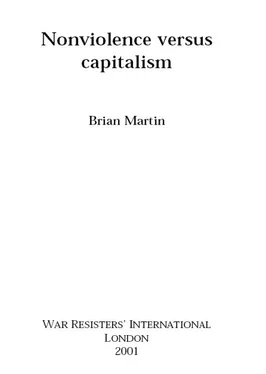
![Brian Jacques - Martin the Warrior [Redwall 6]](/books/128385/brian-jacques-martin-the-warrior-redwall-6-thumb.webp)

